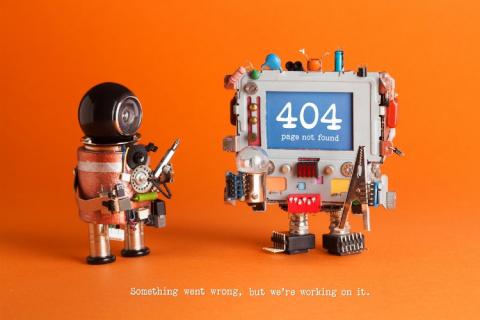Alert Alert! The Firebase Realtime Database now supports Google Stackdriver Alerts!
Dashboards are great, but what if you're not checking them? Wouldn't it be great to know when you have a huge spike in traffic, or if you're about to hit your concurrent connections limit for a single database? Don't worry, Google Stackdriver Alerts have you covered!









